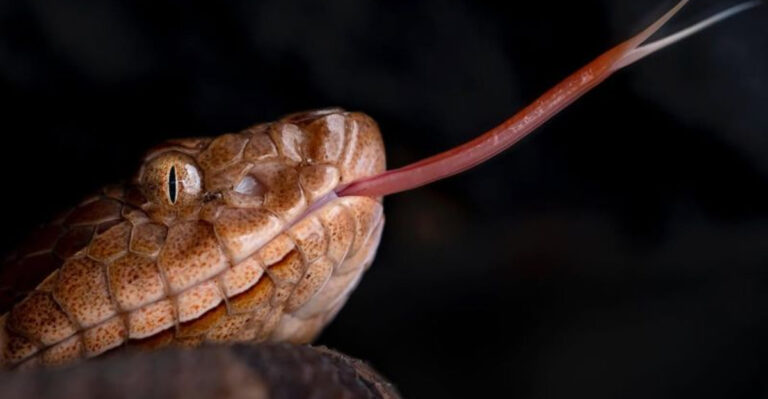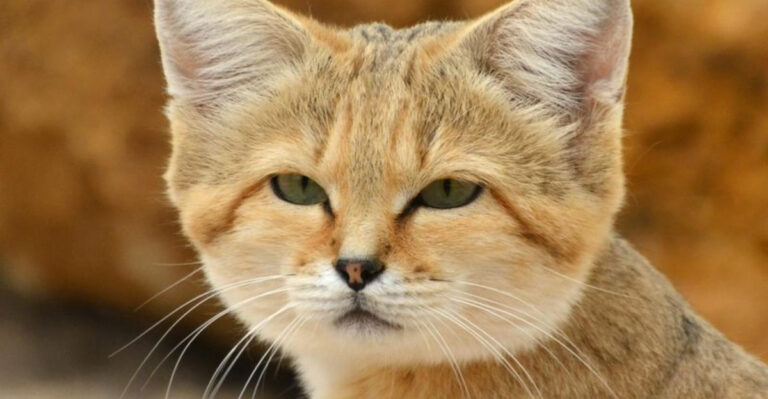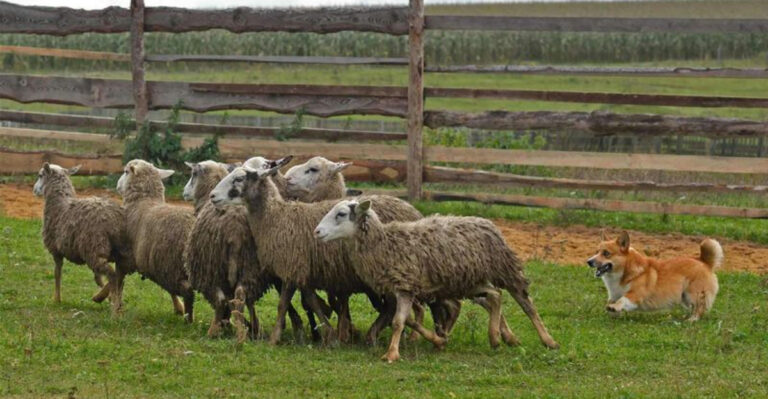2 Garden-Friendly Snakes You’ll Be Glad To Spot (And 10 You Really Won’t)

Ever spotted a slithering visitor in your garden and panicked? Not all snakes are created equal when it comes to your backyard ecosystem.
Some serpents actually help control pests and protect your precious plants, while others pose serious dangers to you and your pets. Knowing which snakes are friends and which are foes could make all the difference in your gardening experience.
1. Garter Snake – The Garden Protector
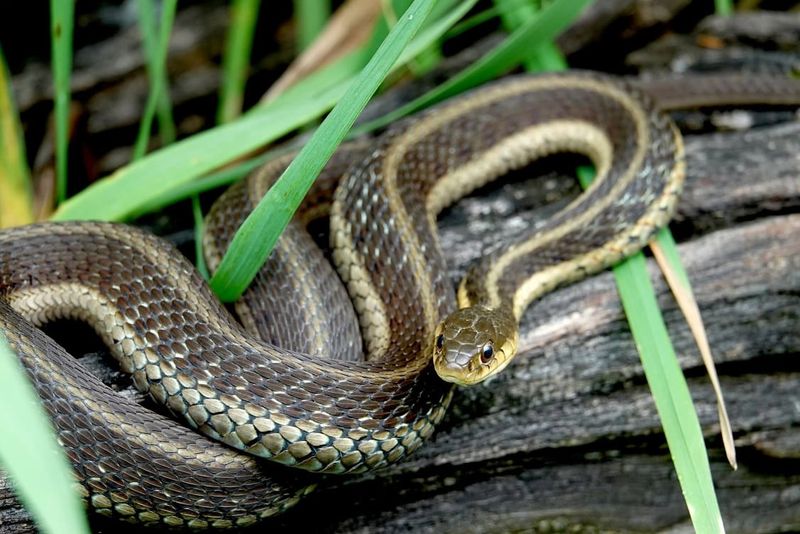
Sporting distinctive stripes along their bodies, garter snakes are nature’s pest control experts. They feast on slugs, grubs, and other garden nuisances that damage your precious plants.
Most garter snakes grow to just 2-3 feet long and prefer to slither away rather than confront humans. While they can release a musky odor when threatened, they rarely bite and aren’t venomous.
2. Corn Snake – A Gentle Helper
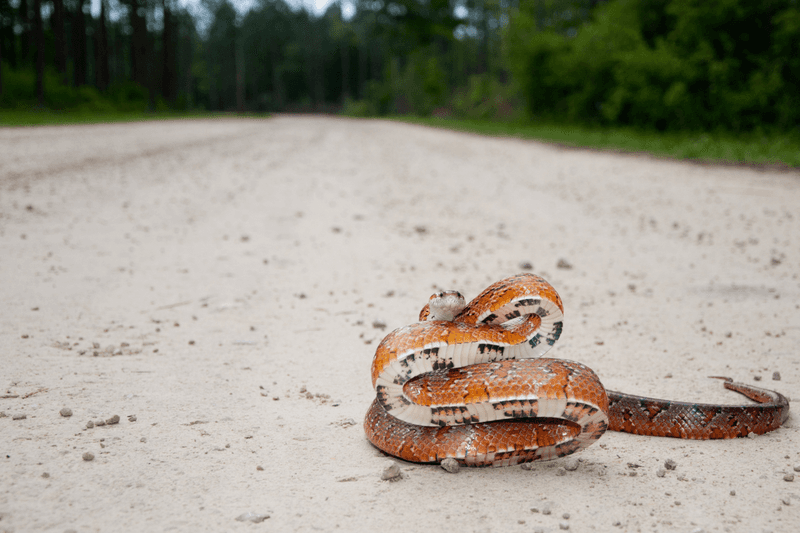
Named for their habit of hunting rodents in corn storage areas, these colorful constrictors are a gardener’s ally. Their orange-red patterns with black borders make them distinctive and rather beautiful.
Docile by nature, corn snakes rarely show aggression toward humans. They excel at controlling mice and rat populations that would otherwise feast on your garden’s bounty and potentially spread disease.
3. Eastern Diamondback Rattlesnake – Deadly And Defensive

Reaching lengths of 8 feet, this imposing reptile sports diamond-shaped patterns and an unmistakable rattle. When that tail starts buzzing, you’re too close for comfort!
Their venom contains hemotoxins that destroy tissue and prevent blood from clotting. Though they prefer avoiding humans, they’ll stand their ground when cornered, making them particularly dangerous in garden settings.
4. Copperhead – A Sneaky Danger

Masters of camouflage, copperheads blend perfectly with fallen leaves and garden mulch. Their hourglass-shaped copper bands create the perfect disguise among autumn debris. Unlike rattlesnakes, copperheads give no warning before striking.
Their venom rarely proves fatal to adults but causes extreme pain, tissue damage, and potential complications. Always wear thick gloves and boots when working in areas where they might hide.
5. Cottonmouth – Aggressive and Venomous

Recognizable by their white mouth-lining displayed when threatened, cottonmouths aren’t shy about defending themselves. Unlike many snakes that retreat, they often stand their ground with an intimidating open-mouthed display.
Frequently found near water features in gardens, these pit vipers deliver potent venom that can cause severe tissue damage. Their territorial nature makes encounters particularly dangerous for unsuspecting gardeners working near ponds or streams.
6. Black Mamba – Fast And Lethal
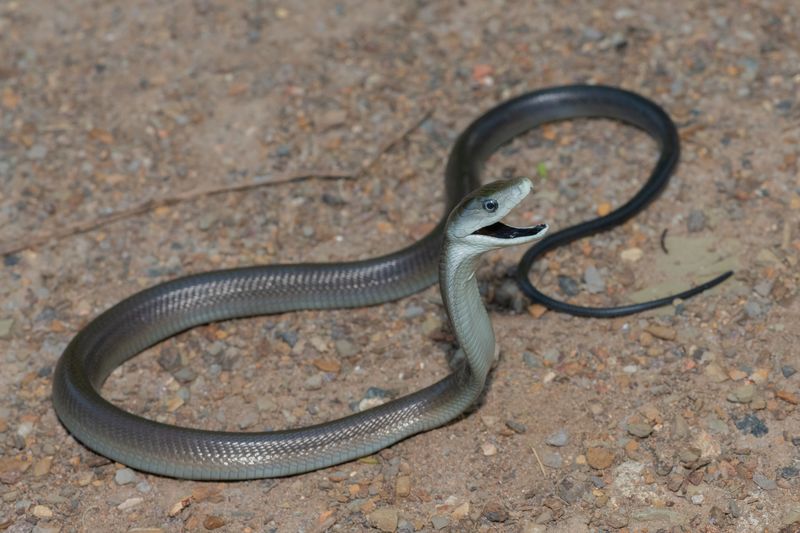
Lightning-quick and surprisingly aggressive, black mambas can move at speeds up to 12.5 miles per hour. Despite their name, they’re actually brownish in color – the “black” refers to the inside of their mouths.
Their neurotoxic venom can kill a human within hours if untreated. Thankfully, they’re native to Africa, so American gardeners won’t encounter them unless they’re working abroad in specific regions.
7. King Cobra – The Apex Predator
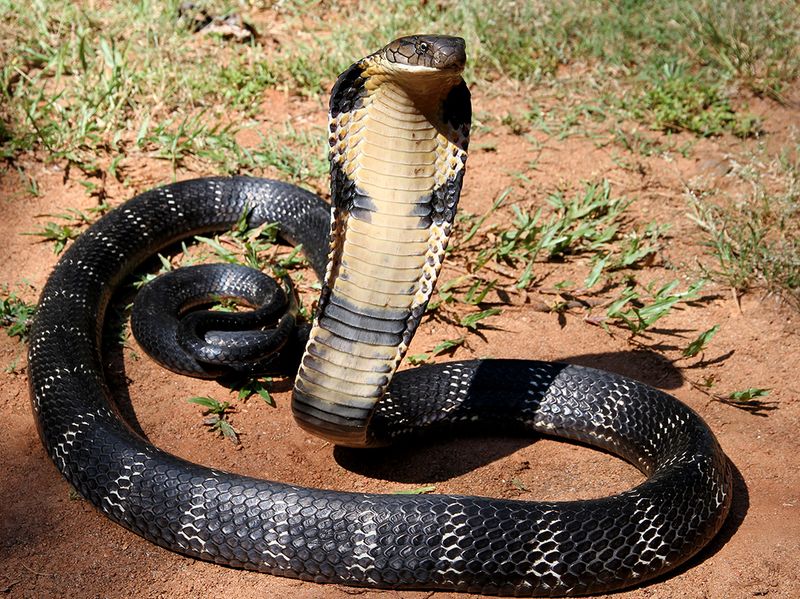
Capable of raising a third of their body off the ground, king cobras create an intimidating hooded display when threatened. As the world’s longest venomous snake, they can grow to an astonishing 18 feet in length.
Their venom attacks the nervous system and can cause respiratory failure. Found primarily in Southeast Asia, these intelligent predators typically avoid humans but become extremely dangerous if cornered in garden settings.
8. Gaboon Viper – Camouflaged And Deadly

Sporting the longest fangs of any snake (up to 2 inches!), Gaboon vipers deliver massive amounts of venom with each bite. Their intricate leaf-like patterns make them virtually invisible on forest floors.
Rather than fleeing, they typically freeze when approached – a dangerous habit that leads to accidental encounters. Native to African forests, these ambush predators possess incredibly potent venom that can cause rapid death if medical help isn’t immediately available.
9. Mojave Rattlesnake – One Of The Most Venomous
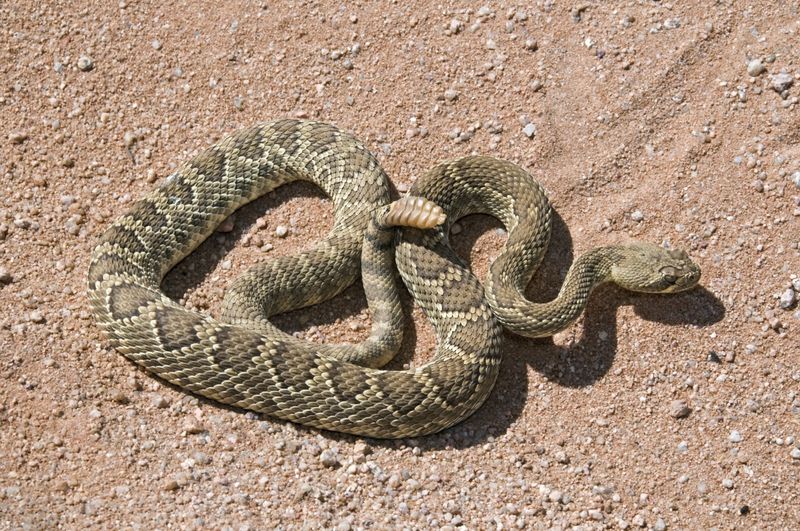
Nicknamed the “Mojave Green” for its subtle greenish hue, this rattlesnake packs a uniquely dangerous punch. Unlike most rattlesnake species that primarily have tissue-destroying venom, the Mojave’s venom contains potent neurotoxins.
Found in southwestern deserts, these rattlers cause symptoms that can be delayed but rapidly deteriorate into respiratory failure. Their presence in garden areas near desert regions poses a significant threat to homeowners.
10. Black Rat Snake – An Imposter Among Friends
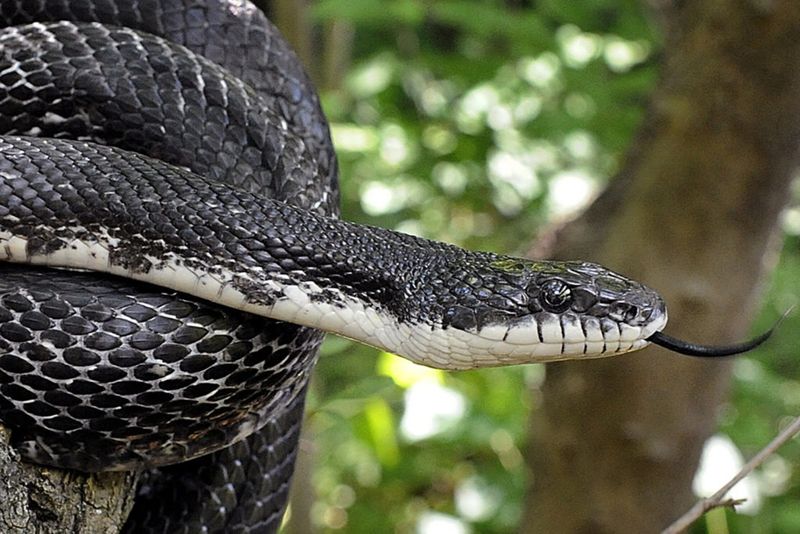
Growing up to 8 feet long, these impressive constrictors might trigger fear with their size alone. Their shiny black scales and white chin give them a distinguished appearance as they climb trees and structures with surprising agility.
Despite their intimidating presence, black rat snakes actually benefit gardens by controlling rodent populations. They may hiss dramatically when cornered but rarely bite humans – and when they do, their lack of venom makes the encounter merely uncomfortable rather than dangerous.
11. Coral Snake – A Beautiful But Dangerous Threat

Remember the rhyme: “Red touches yellow, kills a fellow.” Coral snakes showcase vibrant bands of red, yellow, and black – a warning coloration that signals extreme danger. Unlike pit vipers that strike and release, coral snakes tend to bite and hold on, chewing to deliver their potent neurotoxic venom.
Though typically shy, their presence in garden undergrowth creates a significant risk, especially since their bites may initially seem minor before serious symptoms develop.
12. Timber Rattlesnake – Not So Friendly
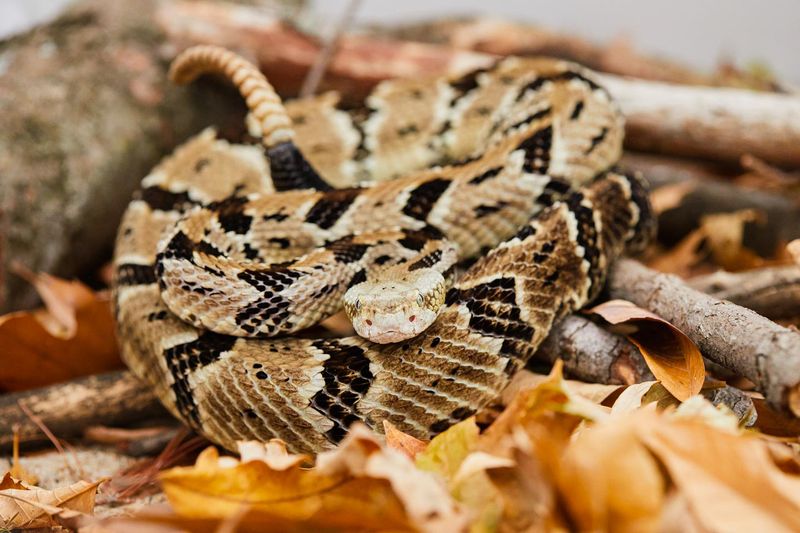
With a heavy-bodied frame and distinctive dark chevron patterns, timber rattlesnakes command respect in woodland gardens. Their coloration varies from yellow to black, helping them blend perfectly with forest floors and wood piles.
While not typically aggressive, they defend themselves vigorously when threatened. Their potent hemotoxic venom can cause severe tissue damage and internal bleeding. Gardeners in eastern and central United States should be particularly cautious around rock gardens and woodpiles.



